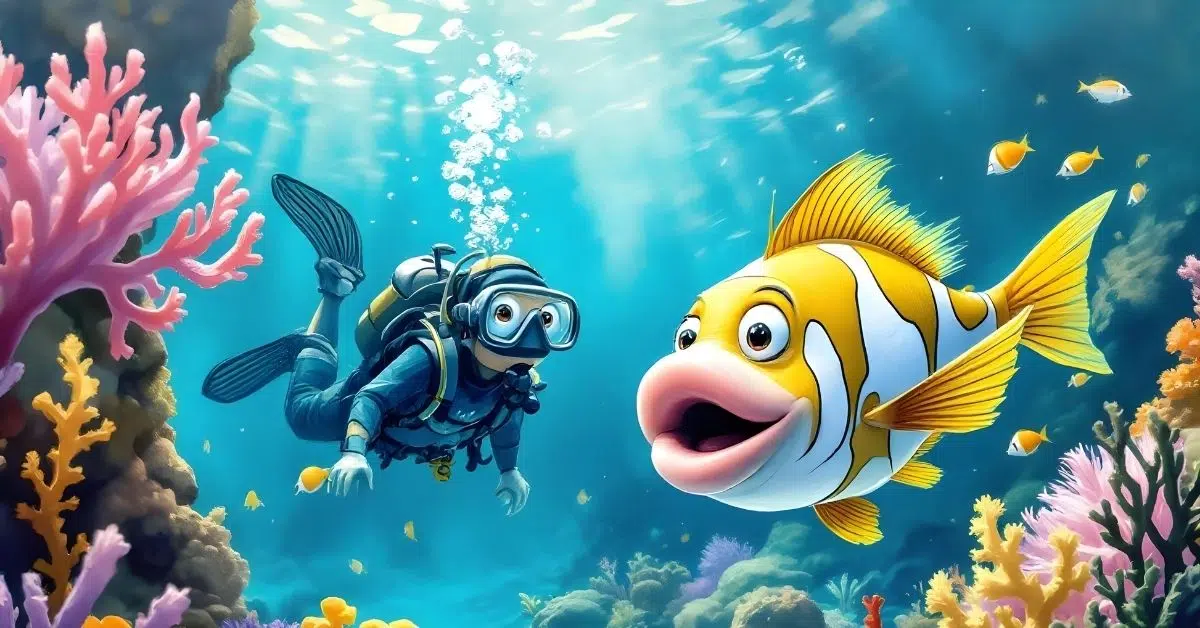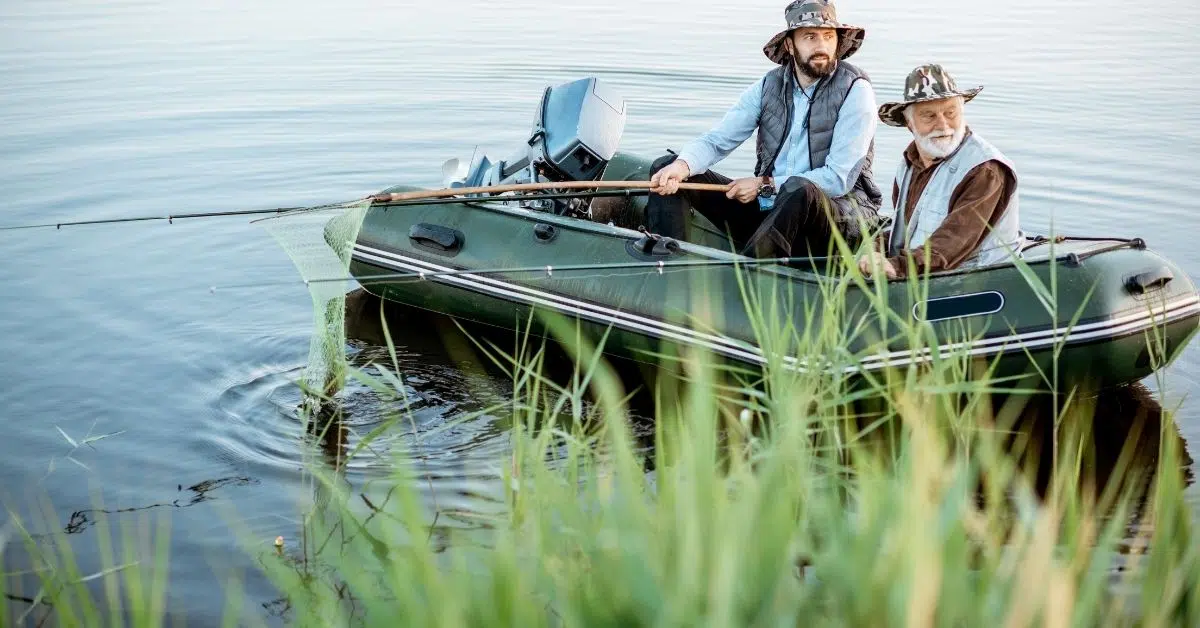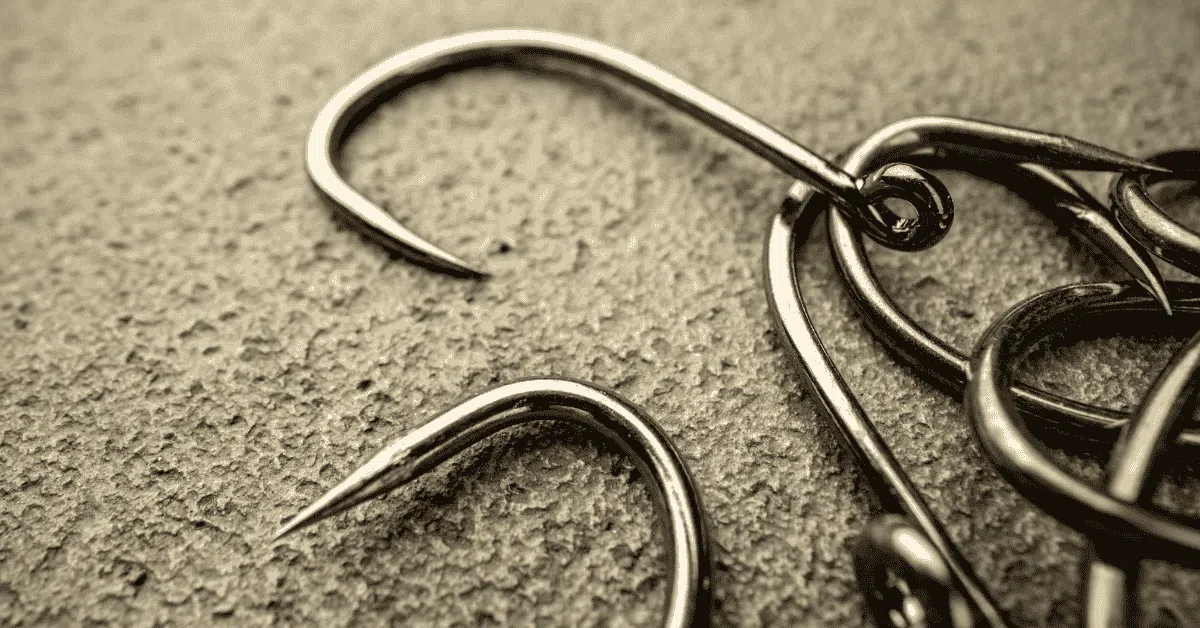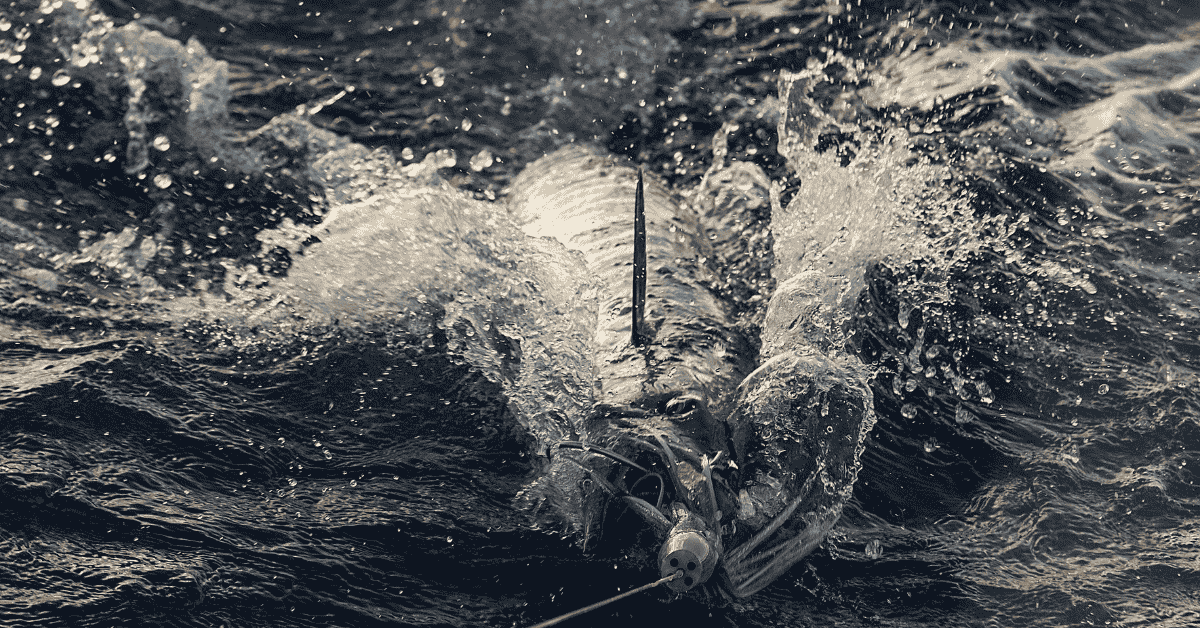When talking about the world’s ugliest animals, the first animal that comes to mind is the blobfish, also known as the flathead sculpin (Psychrolutes phrictus).The blobfish looks like “a large, blobby tadpole, with pale, jelly-like flesh, swollen, loose skin, a large nose, and beady, staring eyes.” The maximum length of this fish is 12 inches. Nine species of this fish roam the caldera of Axial Seamount, approximately 300 miles off the Oregon coast.
The blobfish lives mainly off the coast of southeastern Australia and Tasmania. They generally roam the ocean floor at depths of 2,000 to 4,000 feet (600 to 1,200 meters). This fish, a pale pink gelatinous blob with a drooping, despondent face and large, droopy nose, earned the title of the world’s ugliest animal in 2013. This fish has gained popularity in various forms such as memes, songs, soft toys, and even TV characters.
Sort Brief of Article
ToggleWhat a Blobfish Looks like in Deep Sea Habits
The blobfish (Psychrolutes phrictus) is an attractive deep-sea fish often misrepresented due to its appearance when brought to the surface. In deep-sea environments, blobfish typically exhibit a blue-gray coloration. This fish has a tadpole-like body that tapers towards the tail. This fish has large black eyes and a bulbous head that constitutes about 40% of its body mass.
However, depths of 2,000 to 4,000 feet (600 to 1,200 m) in the Atlantic, Indian, and Pacific oceans are typically home to this species. At this depth, water pressure is 120 times greater than at sea level. This extreme environment shapes the physical characteristics and lifestyle of these ugly creatures. Blobfish do not have a swim bladder. Instead, it contains soft, gelatinous tissue that is slightly less dense than seawater. This gelatinous tissue allows it to float just above the ocean floor without expending energy. Weak bones and loose, flabby skin without scales make up the blobfish’s body. This body shape allows the blobfish to adapt to the extreme pressures of deep-sea habitats.
Blobfish are ambush predators. These fish stay at the bottom of the sea and wait for prey to come to their mouths. Blobfish have a slow reproductive rate, with females laying up to 100,000 eggs in rocky areas. They guard these nests until the young hatch. Their rapid decompression and gelatinous shape give them an unusual appearance when out of water. However, their true underwater appearance is more common than that of fish. The unique adaptations of deep sea creatures and the ecological role they play in their environment influence their shape.
This is What a Blobfish Looks like Underwater in its Natural Habitat
In its natural habitat, the blobfish bears a striking resemblance to other fish, unlike its out-of-water image. The pressure at depth prevents the fish’s body from collapsing into the gooey mass visible when pulled on the bottom. However, the fish undergoes dramatic changes in appearance when brought into shallow water due to decompression.
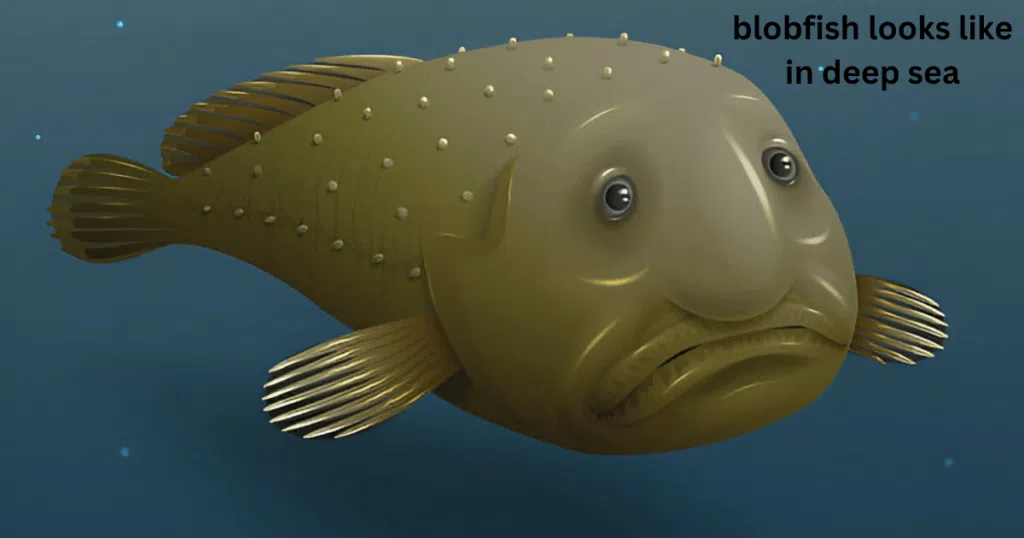
Cultural Impact: The infamous photo of “Mr. Blobby” in 2003, a blobfish caught during a deep-sea expedition, generated widespread attention and ridicule for the fish. This image shows the blobfish’s uncomfortable features and sad expression. This image significantly contributes to the world’s perception of the blobfish as an ugly creature.
Decompression effect: The sudden drop in pressure when pulling blobfish from deep water causes their gelatinous bodies to deform. This then gives the fish a scrawny and distorted appearance.
Name the Ugly Fish Blob
The name “blobfish” aptly describes this fish’s own appearance and behavior. Out of water, the body of this fish looks like a gelatinous blob. Because of this characteristic, many consider blobfish to be an oddity among marine life. Despite this fish’s unflattering name, it plays an essential role in its ecosystem. Fishermen do not directly hunt blobfish due to their unpleasant texture and lack of smell. However, it is often used as a bycatch in trawling nets to catch other species of fish. Unfortunately, this poses a threat to their population due to.
Fishing Practices: Deep-sea trawling can disrupt blobfish habitat. Moreover, bycatch increases significant mortality in blobfish.
Endangered status: Some scientists are concerned about the decline in blobfish numbers due to human activities affecting their natural environment.
Conclusion
The blobfish holds the title of “Ugliest Animal,” a title that amuses us but saddens this creature. For example, if someone calls you the ugliest person in the world, would you like it? Of course not! However, the designation draws attention to important conservation issues surrounding the less charismatic species. By understanding what this fish looks like in its natural habitat, its unique adaptations make it perfect for life in the deep sea. As we continue to explore our oceans, we uncover more mysteries surrounding the ugliest animal, such as the blobfish. It shows us that beauty comes in many forms, even if some are unconventional. However, by raising awareness of unique species like the blobfish, we can gain a greater appreciation for all forms of marine life and encourage efforts to conserve these animals.

